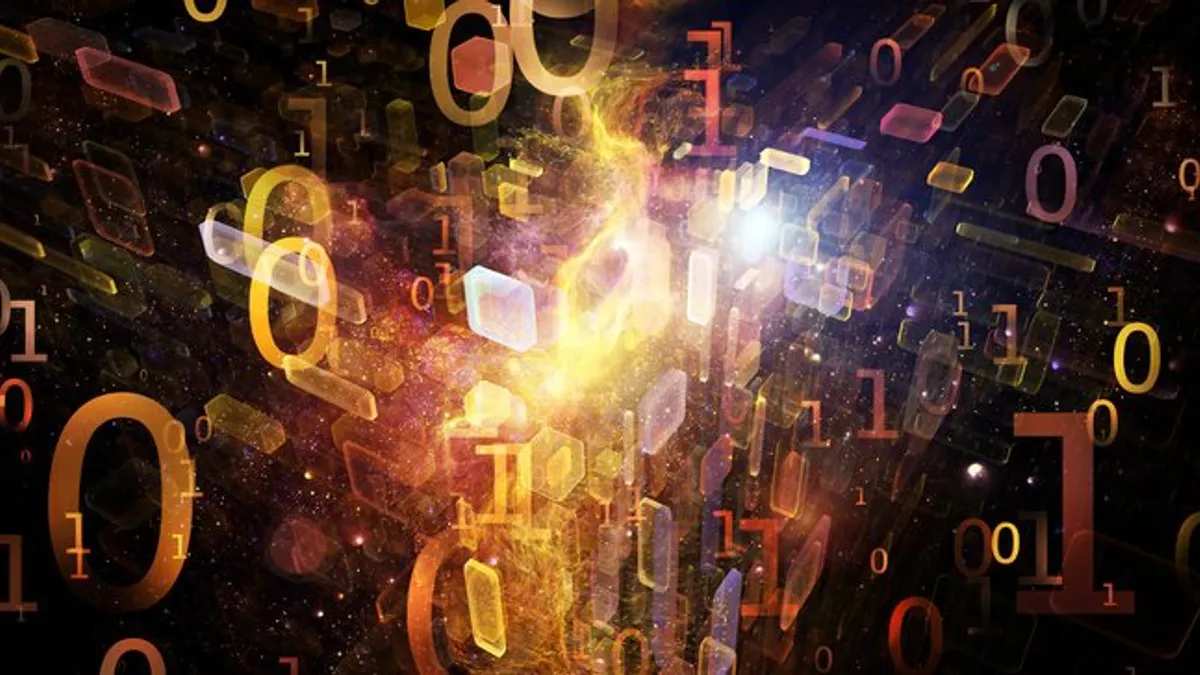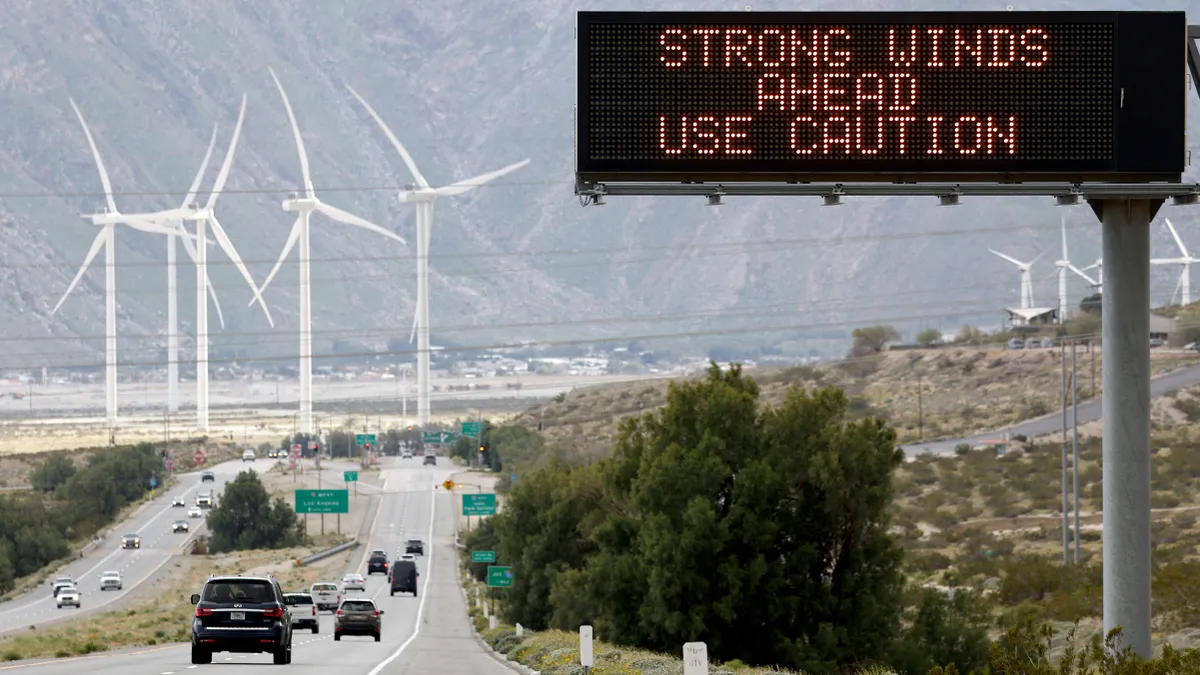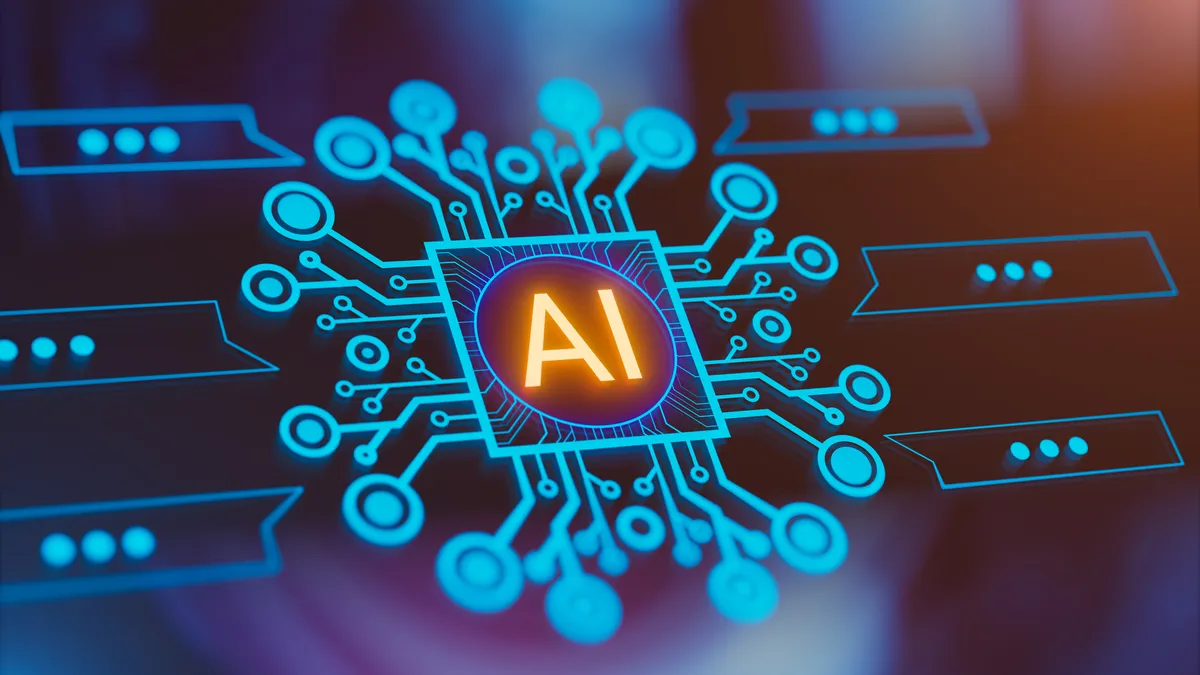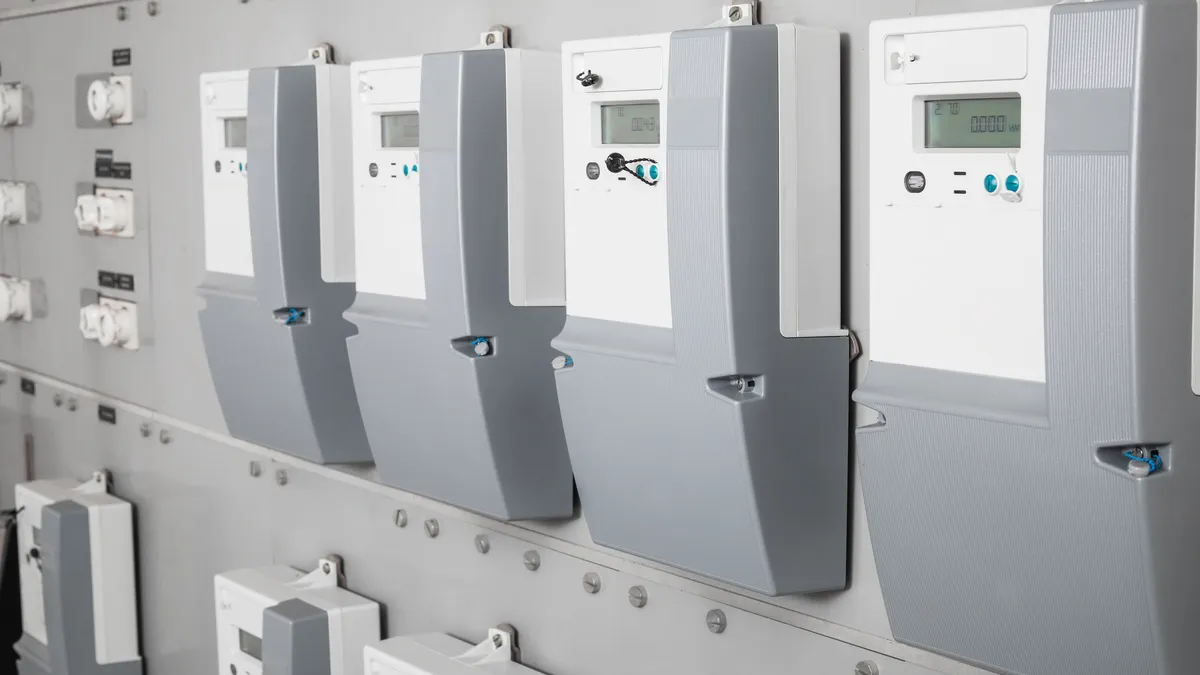The following is a viewpoint by Kevin Stevens, partner at Intelis Capital, an early-stage venture capital firm investing in the digitization of analog industries.
Until recently, access to data on blockchain experiments in the energy sector has been fairly limited. However, things are starting to change.
Last year, startups raised $300 million through both traditional venture capital and initial coin offerings (ICOs). Two of the most heralded fundings came from Drift (consumer-to-generation) and LO3 Energy (peer-to-peer), both of whom are looking to connect consumers to the energy provider of their choice with distributed ledgers.
As I explained in a post earlier this year, electricity trading transactions are still tracked in Excel or databases that rarely are connected but owned by large corporations. This system adds millions in additional transaction costs and makes full transparency between market actors almost impossible.
A de-centralized ledger solves almost all of these errors and would empower new entrants (i.e., consumers with excess power capacity due to solar panels) to enter the market.
Other than the power trading market, we see three major use cases for blockchain technology to impact the grid.
Grid security and generation balancing
According to McKinsey, the connected-home market is growing at a rate of 31% year-over-year with about 30 million homes having some form of internet of things device installed. The long-term result will be unparalleled access to data for grid operators and utilities.
Blockchain has the opportunity to help solve the problems of cybersecurity and data management that will come with this new paradigm.
Without access to world-class software talent, these incumbent market participants will need help from startups to build the capabilities that allow them to take full advantage of technologies like blockchain. This transition is already underway in Europe where regulators and utilities are generally more forward thinking than their U.S. counterparts.
TenneT, one of the Netherlands largest utilities, is working with Vandebron, a green energy supplier, to encourage owners of electric vehicles to participate in an EV-to-Grid (EV2G) pilot initiative. Integration of power generation from renewable energy resources such as solar or wind power in combination with storage requires a more granular control to manage supply and demand. The project in the Netherlands is the latest in a long and growing series of technology initiatives to discover new ways of integrating new technologies such as EV and storage onto power grids.
Under this new program, TenneT will be able to store and dispatch power from consumer EV batteries in order to balance grid demand with supply. These EV2G transactions will be recorded and shared on a peer-to-peer (P2P) network using a permissioned Hyperledger blockchain. To encourage customer participation, TenneT and Vandebron will guarantee EV owners' batteries aren't victims of hacking in the process, which is unlikely given the technology being deployed.
A permissioned distributed system based on the Hyperledger Fabric will allow grid operators real-time insights into distributed battery energy storage capacity across the network, as well as the ability to act on the information instantaneously and, perhaps in the future, automatically.
Eventually, collecting and recording distributed energy transaction data for use in the variety of utility-customer energy applications such as billing.
Infrastructure and microgrid financing
The U.S. power grid is aging and well behind the rest of the developed world, and our current political climate has prevented us from making large investments in infrastructure.
ICOs could give both individuals and investors the opportunity to participate in the power grid like never before.
The use cases are wide ranging — from peer-to-peer EV charging transactions to larger scale generation or transmission projects. Blockchain could provide the ledger while ICOs could easily be tied to the amount of power transmitted to the end-user (i.e., return based on output and efficiency).
It is important to note that this one is the most far-fetched of the three use cases as it would require both consumers to become more educated and/or utilities to participate. Both of which are far from guaranteed, given the current market participation rates from consumers and current political climate, respectively.
Yet, this is the model that U.S.-based LO3 Energy has experimented with in its Brooklyn Microgrid project without requiring too much engagement from local utilities.
Customers can choose to power their homes via a range of local renewable energy sources while their neighbors can sell excess solar power back to them. LO3 has opted to use a blockchain to keep the transaction record between its customers.
As is the case with all distributed ledger technology, the microgrid's accounting is decentralized and shared by everyone on the network ensuring that tampering with these records is near impossible since everyone has their own, regularly updated copy of the ledger.
LO3 is now rapidly expanding with a series of other microgrid projects around the world where grid stability issues are a growing problem. While it may be far fetched to believe the U.S. could have grid stability issues, we should look no further than the recent disaster in Puerto Rico and subsequent landfalls of major hurricanes on the mainland to understand the loss of power for days / weeks is a very real possibility under the right circumstances.
A new REC
Renewable Energy Certificates (RECs) are market-based instruments that represent the rights to renewable electricity generation. They contain information such as generation source, the number of megawatt-hours generated and delivered to the grid.
The immutable and transactional nature of RECs makes them the perfect candidate to be placed on a distributed ledger. Furthermore, the trading of RECs is currently highly specialized and opaque; a publicly available blockchain would open access to consumers and businesses alike.
Earlier this year, WePower, a blockchain-based green energy trading platform, announced a successful $40 million ICO, making it one of the most demanded projects of the year.
It helps renewable energy producers issuing their own energy "tokens" based on generation connecting consumers directly with the green energy generation and creating an opportunity to purchase energy upfront at below-market rates. This tokenization ensures liquidity and extends access to capital to finance new projects, but also gives the buyers a coin tied to a tangible asset, a fact that isn't always true in the ICO world.
The hope is that this access to a new capital infrastructure will be a bridge from renewable energy producers to new consumers, thus making the grid a little greener.
Much like LO3, WePower's technology creates an opportunity for a transparent accounting through a distributed open ledger, which records when and in what volumes green energy financed on the platform was produced and supplied into the grid. At the moment, such accounting is based on instruments such as paper certificates in a similar fashion to RECs.
Of the three potential use cases highlighted here, the ones that manage the increasing complexity (trading market, generation balancing and cybersecurity) of the electric grid are the most likely to occur near term. Those like infrastructure financing via ICO that require government and regulatory oversight are still likely several years away.
Utilities are under increasing pressure to better manage their costs and engage their consumers. In a world where devices are connecting to our grid at an exponential pace, it's both as possible and difficult as ever.





















